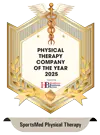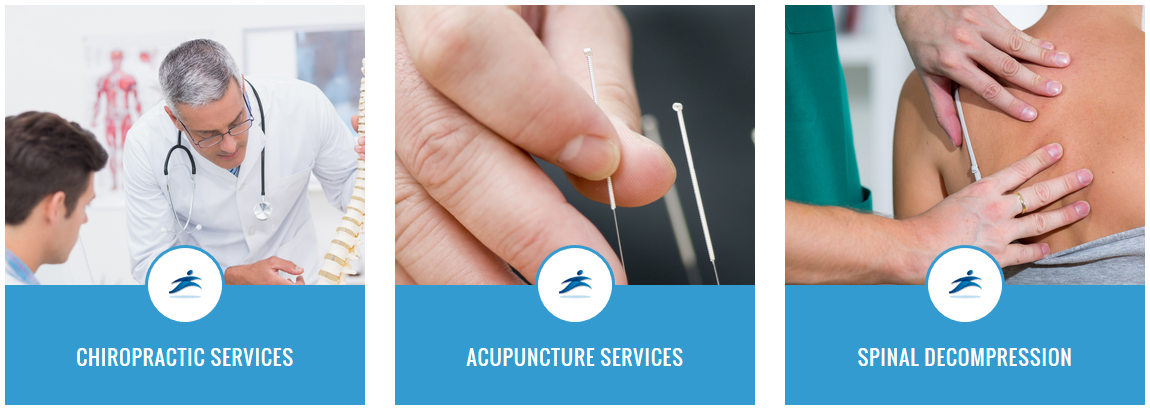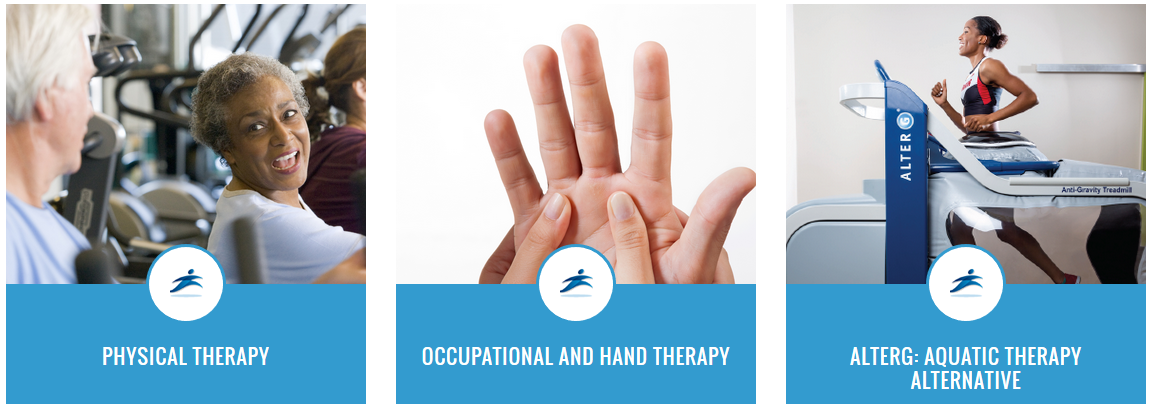The Dangers of Osteoporosis
Osteoporosis is statistically one of the biggest causes of death for seniors. One in six women with a hip fracture are able to survive. For men, the rate is even worse. What we do know is that 30% of all osteoporosis is caused by genetic predisposition. So if you have a family member with osteoporosis, it’s time to take an active approach to prevent this silent killer.
The physical dangers of osteoporosis are obvious: once a bone breaks, it’s going to cause moderate to sever pain in the affected area, loss of mobility, and a lower quality of living. But what is osteoporosis, and how can you prevent it from striking?
What is Osteoporosis?
It is a disease caused by the inability to keep or create bone tissue. Overtime, weakness due to a lack of bone tissue can lead to fractures or breaks. It is diagnosed normally with a Bone Mineral Density (BMD) scan that tells you bone strength. The most common bones that break or get fractured are the spine, wrist, shoulder, and hip. It is known as a symptom-less disease because there is no sign of bone loss until after a break or fracture.
Causes
The causes can vary for Osteoporosis. It is linked to conditions like alcoholism, anorexia, and bone loss after menopause, decrease of testosterone in males, hyperthyroidism, women that have had their ovaries surgically removed, kidney disease, family history, or lack of exercise. Females are more at risk, especially those with smaller frames, and the elderly. Bone health usually reaches its peak around 30 and will decrease naturally as we age. Medications can also lead to bone loss such as anti-seizure medications, chemotherapy, and steroids.
Prevention
As with most disease, care can be taken to prevent it or decrease the severity of it. Common prevention techniques include, exercise, keeping a healthy weight, and proper nutrition, especially during childhood. Our bodies will stimulate bone growth to outside stress so weight bearing exercise is a generally a good idea to prevent the disease or for those who are already diagnosed to prevent further decreases in BMD. Proper nutrition ensures that we get adequate amounts of vitamin D and calcium, two important nutrients for bone health and strength.
Sources of Calcium
- Yogurt
- Cheese especially Mozzarella and cheddar
- Milk
- Calcium fortified Orange Juice
- Salmon
- Dark leafy greens such as Kale, Spinach, or Broccoli
- Sunflower seeds
- Figs
- Almonds
Sources of Vitamin D
- Shiitake Mushrooms
- Mackerel
- Sardines
- Catfish
- Tuna
- Cod Liver Oil
- Getting adequate amounts of sunshine
Our body can produce Vitamin D with adequate amounts of sunlight, specifically UV-B rays. For those with fare skin, 10 minutes is enough. And for those with darker skin, or the elderly, they will have a harder time producing the vitamin and may be better off supplementing all year round. Always limit sun exposure to what is necessary or wear protection if staying out longer. Those who are further away from the equator will get less/no Vitamin D in the winter months.
If you have any questions, or want a consultation with a professional, feel free to call, or schedule an appointment online at any of our Bergen County or Passaic County offices in New Jersey. Choose from Glen Rock, Franklin Lakes, Fair Lawn, Ho-ho-kus/Ridgewood, and/or Clifton – we make it possible for you to visit any of our offices at your convenience.
Please consult your physician if you are experiencing severe pain.





